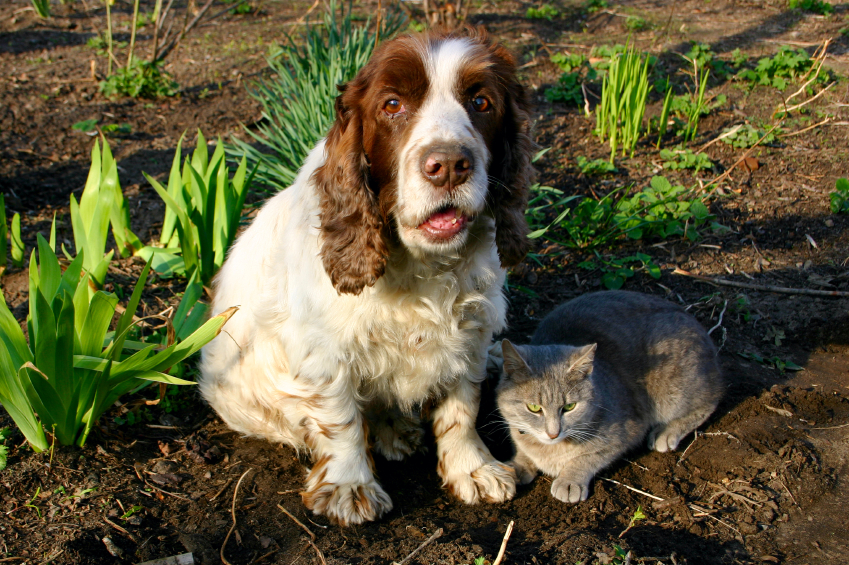Summer time for most people is synonymous with hot days spent lounging by the pool, on the beach, playing outdoor sports, hiking, camping, outdoor BBQs; especially for us Maritimers who want to make the most of what limited warm weather we have! But it is important to remember that some of these activities can be dangerous for our furry friends. Take the following precautions to help you pets ‘Beat the Heat’:
Hydrate: When dogs pant, they are evaporating water to help cool themselves off. This makes them really prone to dehydration. So, make sure to always have a clean fresh water supply available to your pet when they are spending any time in the hot sun.
Shade: Always make sure your pet has access to someplace out of the sun to cool off when outdoors.
Chill out: Dogs don’t typically have the ability to stay calm while out with their owners having fun. Even if it doesn’t seem that hot, if a dog is over-excited or stressed it makes them at risk for heat exhaustion.
Take it Easy: Even if he is already hot and exhausted, Fido will still run as fast as he can to fetch that Frisbee for you over and over. You have to be the one to make sure they don’t over-do it. If possible, avoid exercise/play when it’s the hottest part of the day and take lots of breaks.
No Parking!: Absolutely NEVER leave your pets alone in a parked car. On a warm day the inside of your vehicle can reach 40C within minutes.
Grooming: It is ok to have your dog’s long hair trimmed, but avoid shaving totally. The layers of a dog’s coat protect them from overheating and sunburn.
Street Smarts: Hot asphalt, cement pavement, sand, and stone paths can cause your pets to over-heat and even burn their sensitive pads. Keep walks on these surfaces to a minimum at the hottest or sunniest parts of the day.
Special Considerations: Pugs, Boxers, Bulldogs, Pekingese, Boston Terriers, Persian Cats . . . Essentially anything with a flat face. These breeds are not very efficient at panting and are therefore more susceptible to heat stroke. They should be kept inside an air-conditioned room as much as possible during the hottest weather. Other candidates ‘at-risk’ are pets that are obese, have lung problems (asthma, COPD) or a known heart condition.
Know the Warning Signs: Excessive panting, difficulty breathing, increased heart rate, drooling, mild weakness or unsteadiness progressing to collapse. You may notice the gums turning blue/purple or bright red in color from oxygen deprivation.
If you suspect your pet is suffering from heat stroke, move them to a shaded, cool place and begin to cool the body down by placing wet towels over the back of the neck, in the armpits, and in the groin region. You can also wet the ear flaps and paw pads with cool water (avoid ice cold water). While you are getting started, have someone call your vet and let them know you are on your way immediately.



